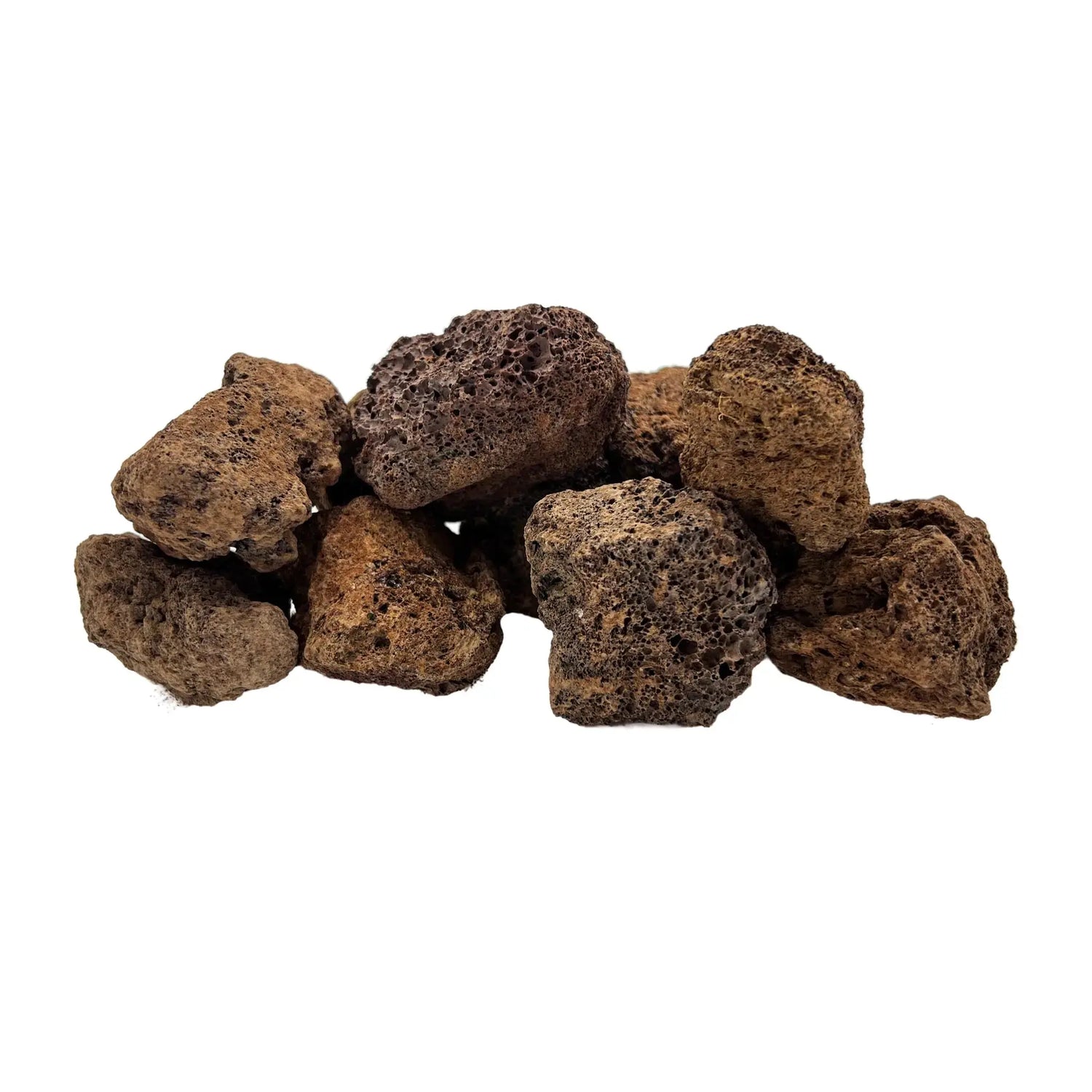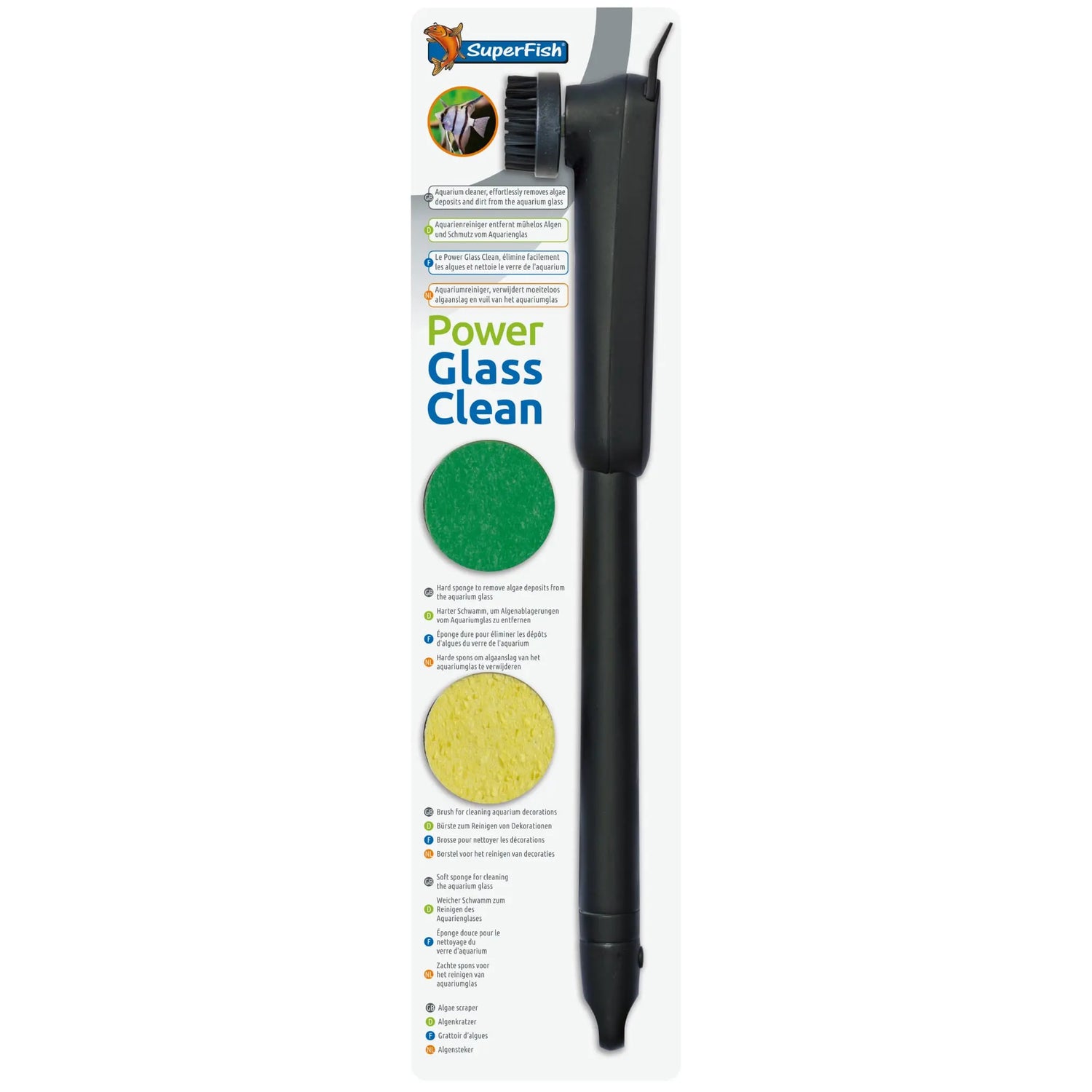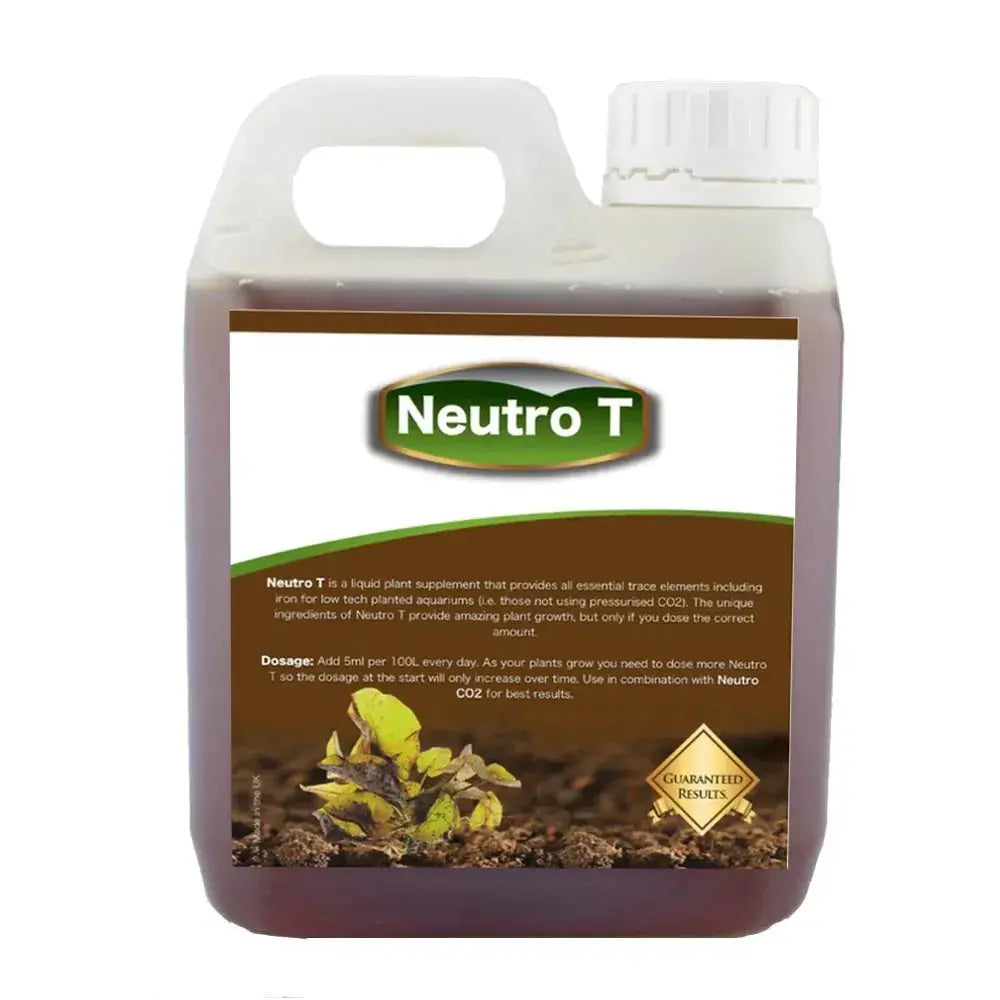Live aquarium plants make an attractive addition to any home fish tank, and they help to keep the water clean and healthy for your fish by removing nitrates, too. Aquatic plants come in various forms, such as bunch, bare-root, potted, and tissue-cultured, and how you plant them is crucial if they are to stay put and not end up floating randomly around your aquarium.
In this guide, we explain how to anchor live aquarium plants to keep them safely rooted at the bottom of your tank or wherever else you want to grow them.
Floating Plants
If you keep fish species that tend to dig around the plant roots or tug on the leaves, you might want to consider using floating plants instead of those that need planting in the substrate. Floating plants can generally be grown in the substrate or allowed to drift freely with the flow in your aquarium, deriving their nutritional requirements from nutrients in the water and from your aquarium lights.
Floating plant species make good plants for your betta fish, as they provide the perfect anchor point for a bubble nest and shelter for vulnerable fry.
Use Rocks and Pebbles
Until the plant's root system is well-established, there's a good chance that it can be dislodged by fish activities, foraging through the substrate or nibbling on the plant’s leaves.
To keep the plant in place, sink it a couple of inches into the substrate, make a small bank of gravel around the plant's base, and reinforce that with a few pebbles or small rocks.
The extra weight should be just enough to keep the plant in place and prevent it from floating away.
Tie the Plant to Driftwood or Rocks
An effective way to anchor some plant species, such as Java Fern and Anubias, is to tie them to pieces of driftwood or rocks.
Use a piece of fine thread or fishing line to tie the plant roots to a piece of wood or a rock. That’s a very effective way of keeping the plant in place and allows you to relocate it when you want to change things up in your tank. There’s no need to remove the thread; the plant roots will quickly grow over it.
I have several pieces of bogwood in my tank with Anubias plants tied to them with thread. When cleaning my tank, I can move the wood to vacuum underneath it without disturbing the plants, making it much easier to keep my substrate clean and remove potential pollutants.
Potted Plants
Most aquarium plants are supplied in small, plastic, slotted pots. The plants are grown in a special medium that's commonly called Rockwool. Potted plants are grown hydroponically in water and dissolved nutrients, rather than soil, and the Rockwool provides an anchor point for the plant while its roots grow. When you come to plant the specimen in your aquarium, you should remove the pot and most of the Rockwool first.
Remove as much of the Rockwool as possible from around the plant's roots, using your fingers or a pair of fine tweezers. Any remaining Rockwool that’s left clinging to the plant’s roots will help to anchor the plant in the substrate. Trim the plant roots to encourage new growth and carefully split the specimens into smaller plants.
Carefully push the plants about two inches into the substrate, and push a little mound of gravel back around the plant base to help keep the plant anchored securely.
Use Terracotta Pots
If you have fish species in your aquarium that are habitual diggers, you might want to consider using mini ceramic or terracotta plant pots to keep your plants securely in position. Ensure that your chosen pots have drainage holes punched in the bottom where your aquatic plants' roots can grow through into the substrate.
Use Plant Weights
Bunched plants consist of multiple stems bundled together and wrapped with a foam strip with a lead or ceramic plant weight at the base. The plants may have tiny white roots showing, or they may be simply cut, like a bunch of flowers. Plants that are commonly supplied in cut bunches include Egeria, Hygrophila, Cabomba, and Elodea, whereas Cryptocoryne, Vallisneria, and Echinodorus generally have their roots left on.
Before planting bunched stems, it’s crucial that you remove the plant weight and divide the stems into individual plantlets or smaller groups; otherwise, the stems will rot around the weight.
Select a couple of stems and gently fasten them loosely with a plant weight before carefully pushing the mini bunch into the substrate to a depth of about two inches.
You can buy lead and ceramic plant weights in good fish stores, and these are excellent for keeping plants well-anchored in the substrate. There’s no need to remove the weights once the plants have rooted.
Nylon Mesh
If you want to grow carpet plants or create a natural, underwater forest look by training plants and mosses to grow over your tank decorations or the back wall of the aquarium, you can use nylon mesh to do that.
Simply plant your plants in the substrate and cover them with fine nylon aquascaping mesh. Secure the mesh with rocks so that it doesn’t float away.
Use Nooks and Crannies as Planting Sites
If you have lots of driftwood and rockwork in your tank, you can sometimes utilize any holes and crevices to secure your plants. You can use thin thread to hold the plant roots in place until they grow through the hole and attach themselves to the wood or rock.
In Conclusion
Live plants make a wonderful addition to any freshwater aquarium, working as natural water purifiers, offering valuable shelter for shy fish and fry, and enhancing the aesthetics of any setup. However, burrowing fish and species that like to tug and nibble at the plant leaves can leave your plants floating freely around the tank instead of staying anchored firmly in the substrate.
Use our top tips to keep your live aquatic plants securely in place and thriving, wherever you decide to plant them.





1 comment
You have put some awesome information in your blog. It is really helpful for us. If you do not anchor the plants in the aquarium, they will start to float here and there. So, you need to know some effective tricks, you can follow the below steps too:
Use river rocks or pebbles
Use sand substrate at the bottom
Use driftwood or sea rocks
Use some weights
Use an adhesive that is not harmful to the fish
Use plant anchors
Use a Plastic mesh
Use terracotta pots